Last updated on Aug 02, 2023
How to Write a Children’s Book Families Will Love (+Template)
About the author
Reedsy's editorial team is a diverse group of industry experts devoted to helping authors write and publish beautiful books.
More about the Reedsy Editorial Team →Many authors' dream is to write a children's book, and to inspire young minds with heartfelt stories and playful imagination. Many assume that writing for kids is easier, but writing great children's literature is no easy feat, especially if you're brand-new to the game.
In this post, we cover everything you need to know about writing a children's book, borrowing insights from experienced children's book editors like Anna Bowles, Jennifer Rees, Cara Stevens, and others.
How to write a children’s book in 8 steps:

FREE RESOURCE
Children’s Book Development Workbook
Bring your children's book to life with our step-by-step workbook.
1. Start with a simple, fun idea
The best picture books are simple stories that engage children, and show them a fun or valuable perspective. Think about Dr. Seuss’s classic Green Eggs and Ham: the whole story premise is that the main character, Sam-I-Am, tries to convince his friend, a picky eater, to try green eggs and ham. It engages children with something relatable 一 being reluctant to try new foods 一 and it shows that perhaps it’s not so bad to give it a try.
If there’s one thing that most classic picture books have in common, it’s that they look at the world from a child’s perspective.
Address children’s hopes and doubts
It can help to write your story with a specific child in mind — one you know personally. If you are a parent, a teacher, or have dealt with kids personally, think of them as you write your story. Connect with the way they experience life and the things they value. Remember the sorts of things that make them laugh.
Most importantly, consider what’s compelling to them. Maybe your story can address some of their fears and doubts, or evoke their most cherished moments. Wemberly Worried by Kevin Henkes is about a little mouse who’s concerned about all kinds of things — especially starting school. The story reflects an anxiety many children experience and provides a hopeful message that things will be okay.
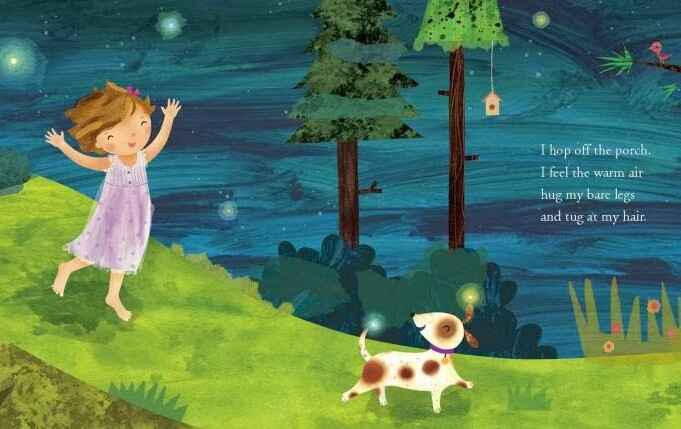
Dianne Ochiltree’s picture book It's a Firefly Night tells the story of a girl who catches fireflies in a jar on a warm summer night, but ultimately makes the decision to release them. This is an experience many kids will relate to 一 and will make them feel good as our young hero learns to care for and respect the little creatures around her.
But before you run with your story idea, it’s important to validate its market potential.
Know which themes are selling right now
Try to assess what's working in the marketplace already, and if your book idea fits in. What are the most popular picture book themes?
As long-time children’s book editor Brooke Vitale points out, the most popular picture book concepts haven’t massively changed over the years. “Across the board, the top-selling themes for picture books have been bedtime, farm, and ABC.” This is because they’re subjects kids can relate to: bedtime rituals, farm animals and their sounds, and learning to read.
“Also high on the list have been holidays, in particular Christmas, Easter, and Halloween, and the reason for this is because they're marketable.” By marketable, Vitale means that these sorts of picture books are ones that people could easily buy as gifts for children.
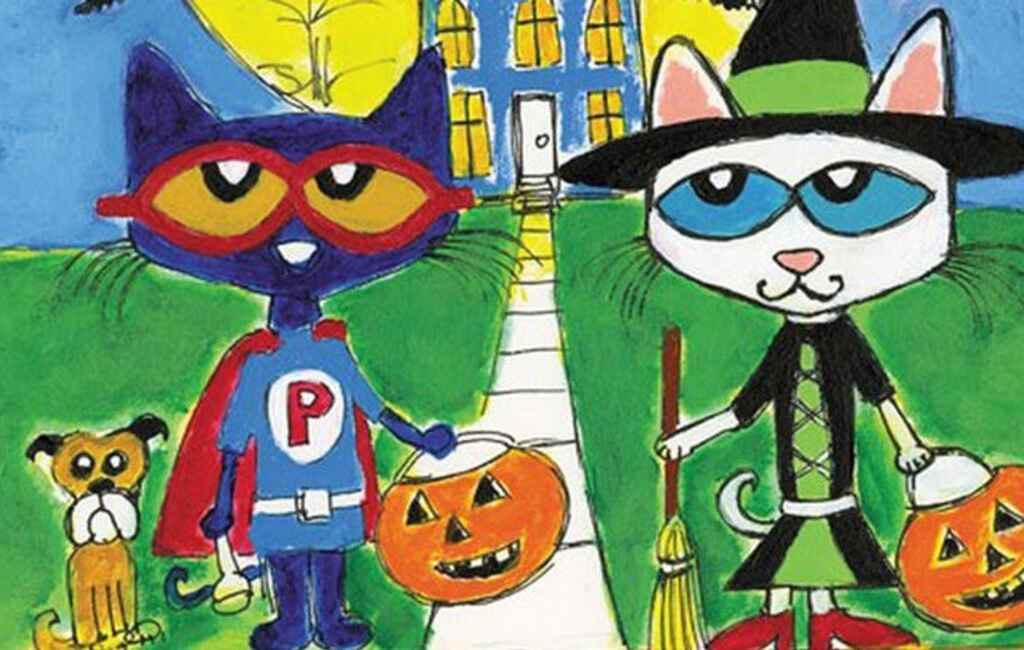
Some smaller holidays are on the rise too, like Mother's and Father’s Day, as well as graduation celebrations. But you don’t have to tie your story too closely to the specific holiday you’re targeting 一 a Mother’s Day book can be about a mother-and-daughter relationship, or a graduation title can be an aspirational tale set around education, making the story evergreen and relevant year-round.
There are always new themes bursting onto the scene, like empowerment or mindfulness, which you can tap into to bring fresh stories to market. For example, in The Princess and the Pizza, Mary Jane Auch subverts the classic princess story: instead of accepting her fate and marrying into another royal family, Princess Paulina becomes a self-sufficient founder of a pizza empire. And of course, this idea ingeniously combines three things that many children love: princesses, carbs, and cheese.
Once you’ve landed on a great story idea, don’t forget that you’ll need a memorable lead character.
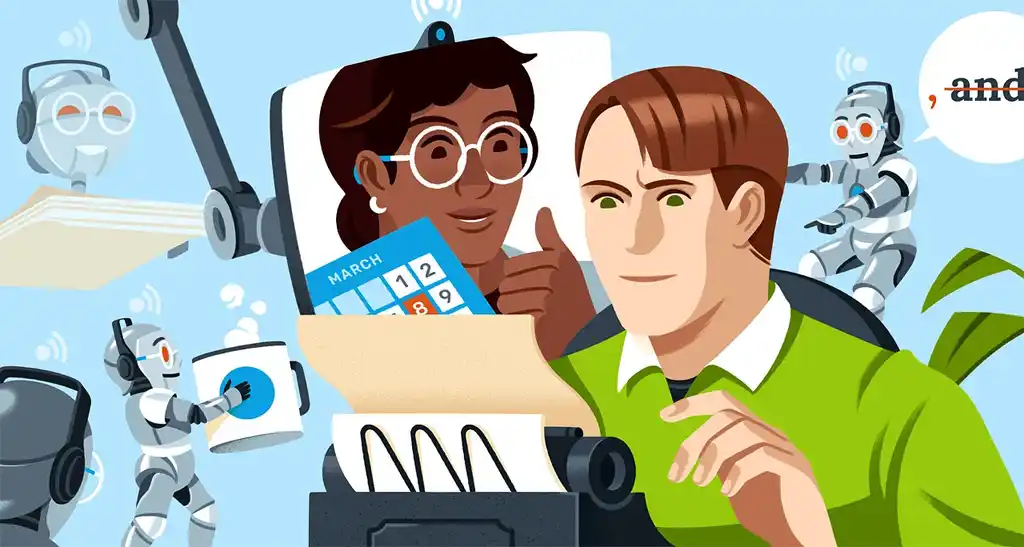
GET ACCOUNTABILITY
Meet writing coaches on Reedsy
Industry insiders can help you hone your craft, finish your draft, and get published.
2. Cast a relatable main character
The most iconic children's book characters have distinct and relatable personalities. Think of Leo Lionni’s Frederick, a field mouse whose fondness for poetry and art is seen as distracting from his family’s efforts to gather supplies for winter. Or take Jim Panzee from Suzanne Lang’s Grumpy Monkey, another outsider who struggles with his “bad temper” while everyone around him is having fun 一 something many kids will relate to.
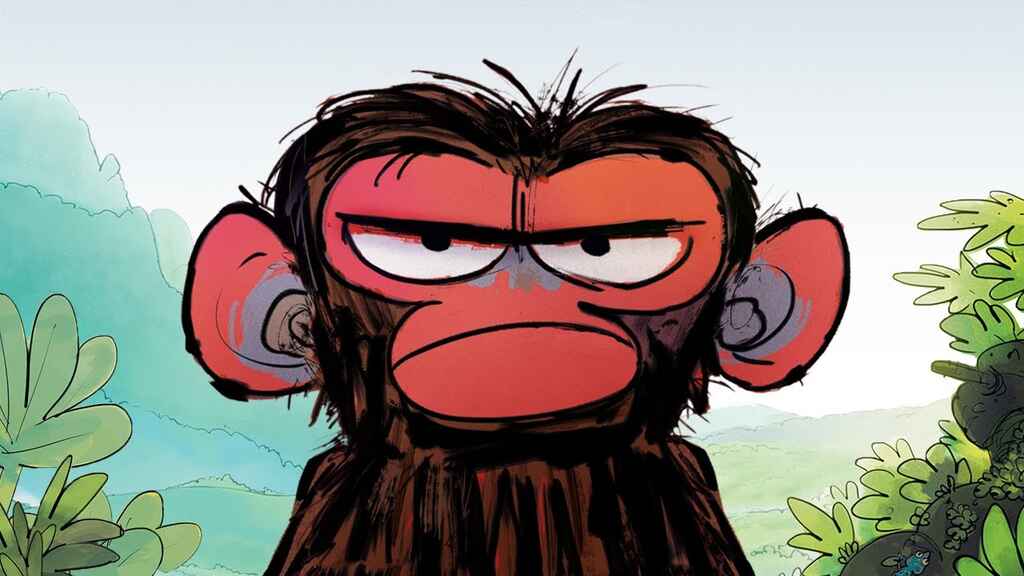
Whether your main character is a child, robot, animal, or sentient gas cloud, what matters is that they feel real — with specific abilities and challenges.
Define their strengths and flaws
Young readers don’t want to read about perfect heroes, but rather characters they recognize. Memorable characters should come with their own fully realized strengths, weaknesses, conflicts, and motivations that make them compelling to their young readers.
To help you create great new characters, we have some additional resources for you:
- A list of character development exercises to test your knowledge of your characters.
- A free 10-day course on great character development, taught by a successful professional editor.
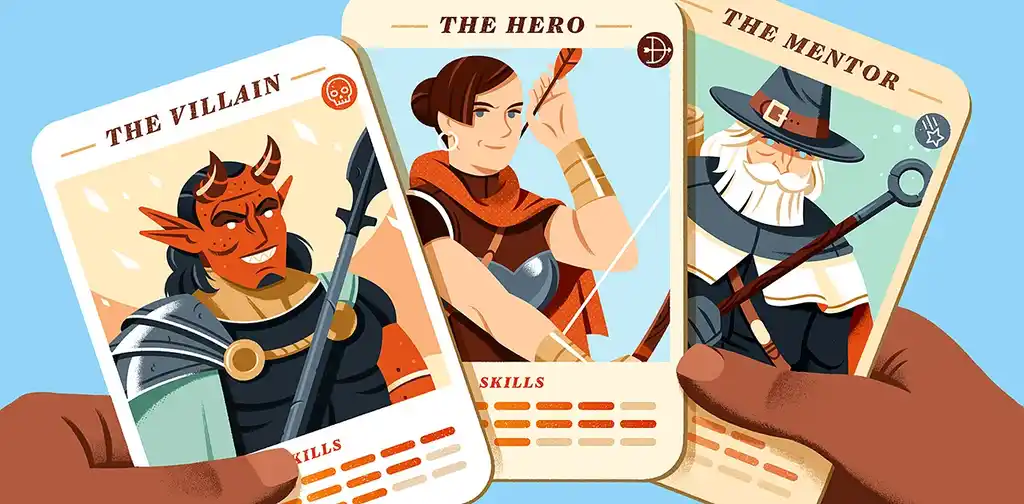
FREE RESOURCE
Reedsy’s Character Profile Template
A story is only as strong as its characters. Fill this out to develop yours.
Besides being relatable in their behavior, your main character should have their own sets of dreams and desires — and the willpower to realize them.
Give them agency to reach their goals
If there’s a younger character in your book, it’s usually their story you should be telling. It should be about their dreams, and they should be the ones making decisions that drive the narrative forward.
As Reedsy Children's editor Anna Bowles suggests, don’t forget who the heroes are. “A lot of beginners write about children as we adults often see them: as cute and slightly comical little beings. But what children actually want is stories where they are the heroes, driving the action, facing challenges, and making choices.”
Patrick Picklebottom and the Penny Book is the story of a young boy who goes to buy his favorite book. On the way home, his friends invite him to fly a drone, play video games, or scroll through social media — but he declines and gets home to read instead. In real life, a child might have a parent giving them advice, but in the book, it’s Patrick himself calling the shots. He buys the book, he says no to the various temptations, and he gets himself home to read it.
🎵
Tell us about your book, and we'll give you a writing playlist
It'll only take a minute!
Once you’ve got a great story and some interesting characters, it’s time to consider your story structure.
3. Structure your plot like a fairy tale
Even within the word limits of children’s books, you need to create a satisfying story arc that captivates young readers from the very start, takes them on an exciting journey, and culminates in a gratifying and memorable conclusion (like a fairy tale!). One way to achieve this arc is to think of your story as a simple question and answer.
Ground your premise in a simple question
Picture book editor Cara Stevens, who in her long career has written and edited for Nickelodeon, Disney, and Sesame Street, believes that every story should begin with a dilemma and end with a resolution. “There's usually a question: Will Mr. Frumble get his hat? Why doesn't Priscilla like chocolate? Why doesn't Elmo want to go to the dentist? These questions are a vital point in diagnosing your story or giving it direction when you're not sure where it's going.”
📼 Watch the Reedsy Live in which Cara Stevens reveals the 20 questions that can help picture book authors turn their ideas into finished manuscripts.
Once you’ve identified the story-driving question, you then want the character to face some challenges and doubts.
Add conflict to the mix
Novels are often about characters dealing with a challenge, and how they change as a result of it. Children’s books are no different. Even in the simplest of narratives, the character should grow and learn something by overcoming internal and external conflicts.
In Richard Scarry’s Be Careful, Mr. Frumble!, the title character goes on a walk on a windy day and his hat is whisked away by the wind. Will he get it back? After chasing it through trains, trees, and the sea, he does. Despite the initial worry, he finds that he’s grateful for the fun that losing his hat brought with it.
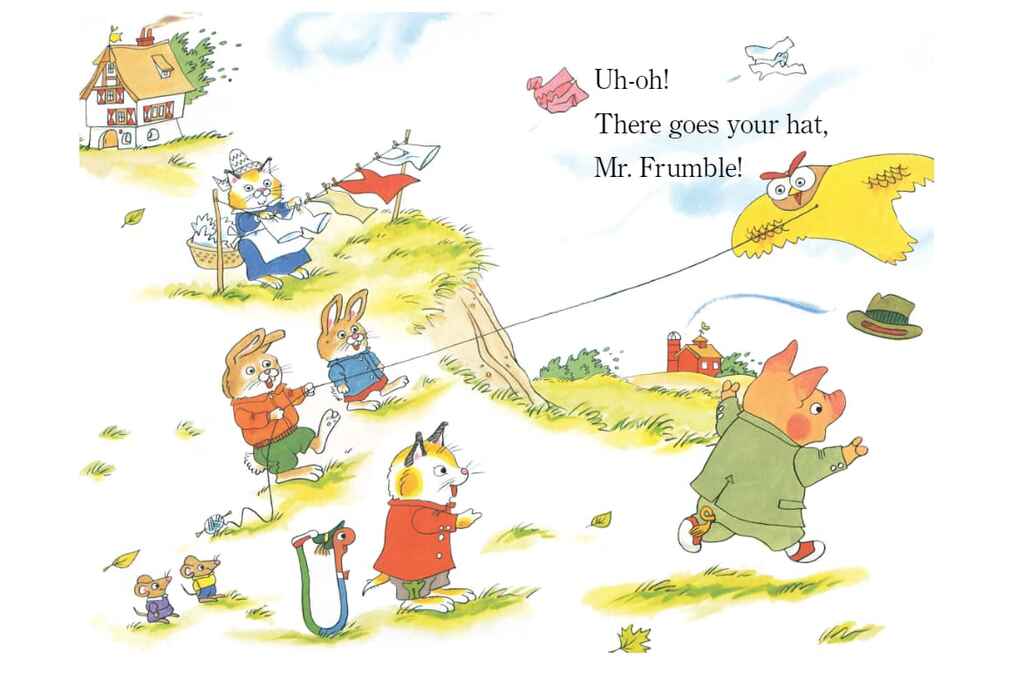
Or think again of Patrick Picklebottom, who just wants to read his book: his conflict is created by his friends’ requests to do other things. By the time he reaches home, he has learned to say no and prioritize what he values most.
Whatever journey you set your characters on, it’ll have to fit within the standard picture book’s length.
Keep it under 30 pages
It’s easy to fall in love with your story and characters and find yourself overwriting as a result. Children's books have rather standard lengths, depending on their type, and it’s important to try and stick to them to ensure your book is readable for your target audience.
The average word count for a standard picture book falls between 400 and 800, with a length of 24 or 32 pages. The page count includes the copyright and dedication page, as well as your author bio to let readers know who you are, which means your story has to be told within 30 pages or less. With so little room, you’ll have to be mindful of the number of characters you introduce and the number of plot points they will encounter.
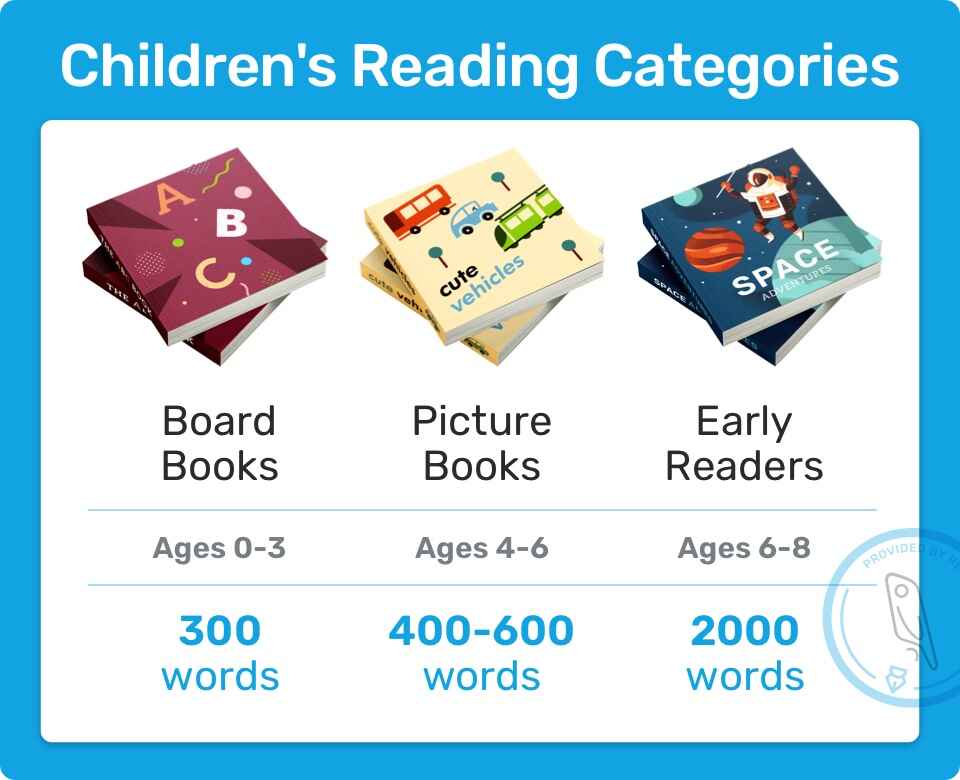
At this point, you have a lot of story elements cooking and a structure to mix them in. But before you do that, you’ll want to think about the secret ingredient — style.
4. Consider repetition and rhyme
Picture books often feature repetition, rhythm, and rhyme. Figurative language like this add a musicality to books, making them a pleasure to read or listen to. Children will want to have their favorite stories read to them repeatedly, so parents will greatly appreciate it if the words fall trippingly off their tongues when doing so.
🤔 Should your picture book rhyme? Listen to editor and children's author Tracy Gold's opinion on Reedsy Live.
Let’s have a closer look at why repetition and rhyme are so common in kids’ books.
Repetition facilitates understanding
You can use different types of repetition in picture books, such as for words, entire sentences, or sounds. You can use it to structure your story, pace it, or reinforce a certain point or concept. When executed well, it can create a nice build-up that kids can pick up and easily follow.
The Wonky Donkey by Craig Smith uses repetition in a few different ways. It starts with the narrator walking down the road and spotting a donkey. The first sentence is repeated in every scene, along with the donkey sound (Hee Haw!) Then it adds a line describing the donkey 一 its appearance, mood, and music taste (a sort of donkey dad joke). But that’s not all: each scene adds a short, rhyming description of the donkey, which, as the book progresses, keeps building up into an amusing climax.

Building the story incrementally through repetition and rhyme can be powerful. But remember, it’s not compulsory — and not all rhymes are created equal.
Not all picture books rhyme
In recent years, many children’s book editors have advised against rhyming in your book. That’s because it’s quite difficult to rhyme well, and children's book agents are able to spot a bad or derivative rhyme from a mile away. That said, if you’re a master of the perfectly unexpected rhyme and you think your book demands them, there’s no reason why you shouldn’t go for it.
Llama Llama Red Pajama is packed with rhymes from start to finish. It’s a simple story of a cria (that’s a baby llama!) waiting for their mother to comfort them at bedtime. The story’s simplicity and very short lines are perhaps some of the reasons it works so well.
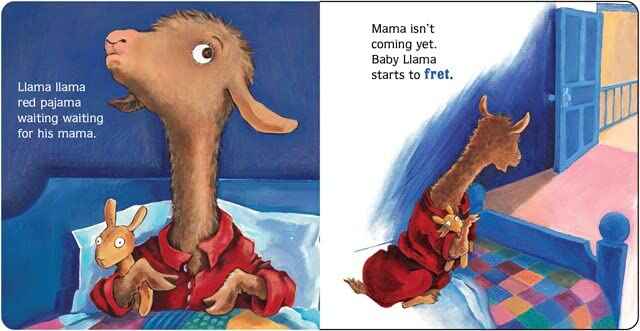
If you’re writing in verse and rhyme, always read it aloud. Ask yourself if it feels forced, excessive, or awkward in any way, and whether the rhyme contributes to building the story. If it doesn’t sound quite right, you can always see what it’s like without the rhyming.
According to writer and editor Jennifer Rees, you can sometimes achieve even better results without forcing it. “So often, I get some really sing-songy stuff that forces the reader into a rhythm that people think is fun — but in truth, it just drags on.
“There are so many gorgeously written picture books that do not rhyme but they just sound beautiful. Someone has really paid attention to how the lines read and how each and every single word sounds when you read it out loud.”
There are also a few more literary choices to consider as you write your story…
5. Make the story easy to follow
Your core audience is at a crucial stage of their mental development and is currently mastering basic literacy skills. This calls for a few considerations as you write and edit your children’s book.
Start the story quickly
Even at the best of times, kids have limited attention spans. It's essential that you jumpstart the action with some sort of hook in the first few pages. This ‘hook’ could come in the form of an intriguing character or an inciting incident that kicks off the entire story.
The inciting incident of Dr. Seuss’s classic The Cat in the Hat, as you might recall, is an intriguing character. After setting up a scene with two bored siblings, Seuss introduces a mysterious cat who invites himself into their home. Is the cat good or bad? Should he stay or should he go? The reader understands that the cat brings chaos with him, and the story is set in motion.
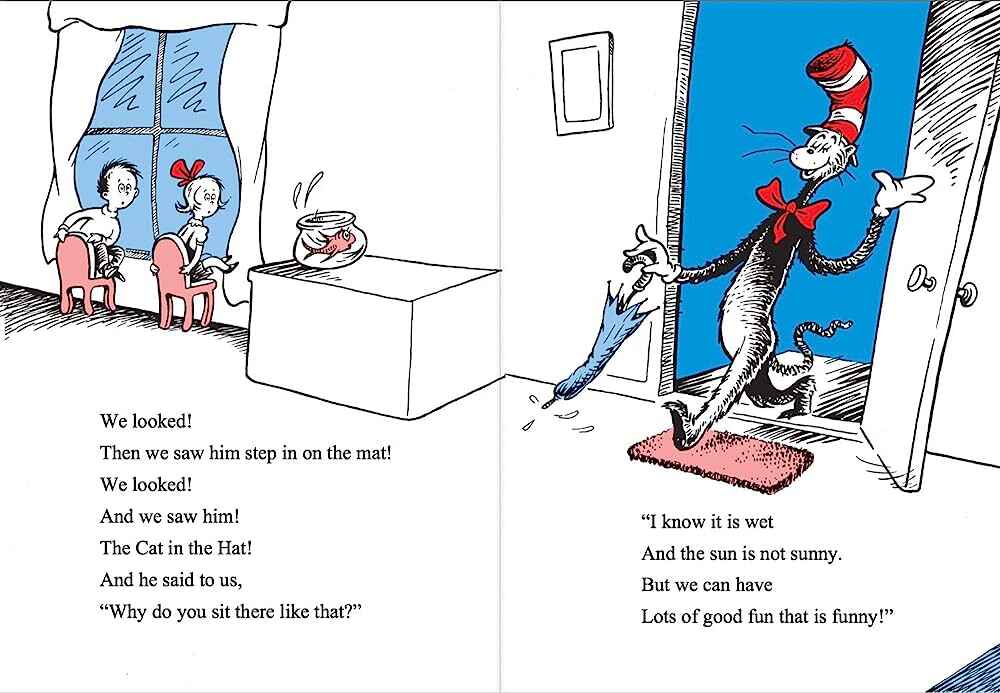
Once the story has started, it’s just as important to maintain a good pace. Each scene should ideally act as a little hook that builds the tempo or raises the stakes until the story's resolution.
Another important thing to consider is your choice of words.
Use age-appropriate vocab
There are many great places to show off your bombastic grandiloquence, but a kid’s book is not one of them. Children won't be impressed by four-syllable words — they'll only be confused by them. That said, children's editor Jenny Bowman often tells her authors that, when used intentionally and sparingly, the occasional big word can be welcome. “Children are smarter than you think, and context can be a beautiful teacher.”
To figure out the most fitting vocabulary for your story you can read other books for kids in your age group, or browse famous word sets for early readers, like the Fry and Dolch lists or the Children’s Writer Word Book, which feature the most commonly used words for children’s books depending on their age.
It’s not just the vocabulary that needs a double-check. Also consider your characters, their behaviors, and the environments they inhabit 一 they should all be tailored to resonate with a child’s life experience. A talking eagle who’s a corporate lawyer working on a big M&A case might not be as relatable as a little mouse on her first day at school.
To know if you’re on the right track, the best thing you can do is road-test your early drafts with their intended audience.
Ask a child what they think
Read your story out loud to children and parents in your social circle. Pay attention to how it sounds with an audience, and whether it invokes an emotional response. Kids are usually pretty honest, so their feedback will be some of the most valuable you’ll receive.
Aim for a few rounds of reactions, and incorporate their suggestions as much as possible. Only once you have thumbs-ups from your young readers should you begin to think about your next step, which is to start combining your words with powerful visuals.
6. Write with illustrations in mind
In contrast to many other types of books, where words alone are sufficient to tell a story, in picture books text and illustrations complement each other to create a more immersive experience. Whether you’re planning to bring in an illustrator or pick up a pen and brush yourself, you should always be thinking of pictures when you’re drafting your manuscript
Think in terms of scenes
Think of your book like a (very) short movie. Every time you flip a page, you enter a new scene that holds the potential to surprise your young readers. To achieve this effect, consider placing your surprises strategically on the other side of page turns.
To help you visualize the flow of your story and its pacing, try using a storyboard template to mock up your visuals and match your text to the right scenery.

FREE RESOURCE
Children's Book Storyboard Template
Bring your picture book to life with our 32-page planning template.
Let the visuals do the talking
When self-editing your manuscript, try to cut unnecessary sentences and let the visuals do the talking instead (by showing, instead of telling.) There’s no need to squander your precious word count describing the weather or a character’s clothes if the pictures can do the same. So instead of writing them into your manuscript, include those details in your art notes so that your illustrator will know precisely how to represent them.
Once you’ve written and rewritten your children’s story, consider bringing on board a children’s book editor to polish it further.
7. Work with a children’s editor
If you've gotten feedback, self-edited extensively, and still feel your children's book isn't quite there, consider hiring a professional children's editor. Their years of experience will both improve your storytelling and make sure that your book is ready for the market.
Fortunately, we have the best children's editors right here on Reedsy, many of whom have worked with major authors like Daisy Meadows (author of the Rainbow Magic series) and R.L. Stine!
Hire an expert
Sirah J.
Available to hire
Careful inspections, thorough explanations, and considerate guidance for inclusive picture books and middle grade novels.
Jennifer R.
Available to hire
Bestselling Editor of PICTURE BOOKS, MG, and YA like The Hunger Games! Excited to help make your story stand out, shine and be market-ready!
Tracy G.
Available to hire
Passionate about helping writers realize their visions. I love picture books (especially rhyme!), young adult, fantasy, memoir, and more.
There are two types of picture book editors you may be looking for:
Developmental editors. These editors will look at your story’s backbone, from characters and settings, to the story plot and concept, and make sure it’s solid and ready for the market. They will also comment on whether you used rhyme and repetition wisely, if you need to change the time frame or point-of-view, and suggest other potential improvements.
Copy editors. The copy editor will correct your typos, spelling, and grammar, assess your choice of words, and make comments to ensure your text is perfectly polished.
Very often, you can find a single editor to handle both services — they’ll give your book a developmental edit, provide any notes for revising your draft, then copy-edit the manuscript once you’ve made the changes.
Read our post on children’s book costs to find out the average price for each service. If you’re self-publishing, there’s one important part of your budget you’ll want to put aside: that would be to hire a skilled illustrator to bring your words to life.
8. Get an illustrator to add some visual magic
If you want to publish your book traditionally, don’t bother looking for an illustrator. It will be handled by the company who will represent your work, as they prefer to be in charge of that. Just prepare your picture book query letter and start pitching agents.
If instead you’re planning to publish your picture book yourself, you’ll have to locate your very own Quentin Black. We wrote an in-depth guide on how to hire a children’s book illustrator, but one of the most important points is to determine your ideal illustration style.
Hire an expert
Joana P.
Available to hire
A whimsical and emotional illustrator who loves to create and help authors and publishers bring their stories to life and make a difference!
Sara K.
Available to hire
Children's book illustrator and character designer. Digital artist. Loves anything whimsical, cute, and round.
Charlotte P.
Available to hire
Illustrator for children and book lover with a whimsical style and humour !
Identify the visual style for your book
What style best captures the mood and world of your story? Perhaps your book is for very young readers, who will enjoy bright, bold, and graphic illustrations. Perhaps you’re aiming at a slightly older audience, who’ll appreciate whimsical characters and a more muted color palette.
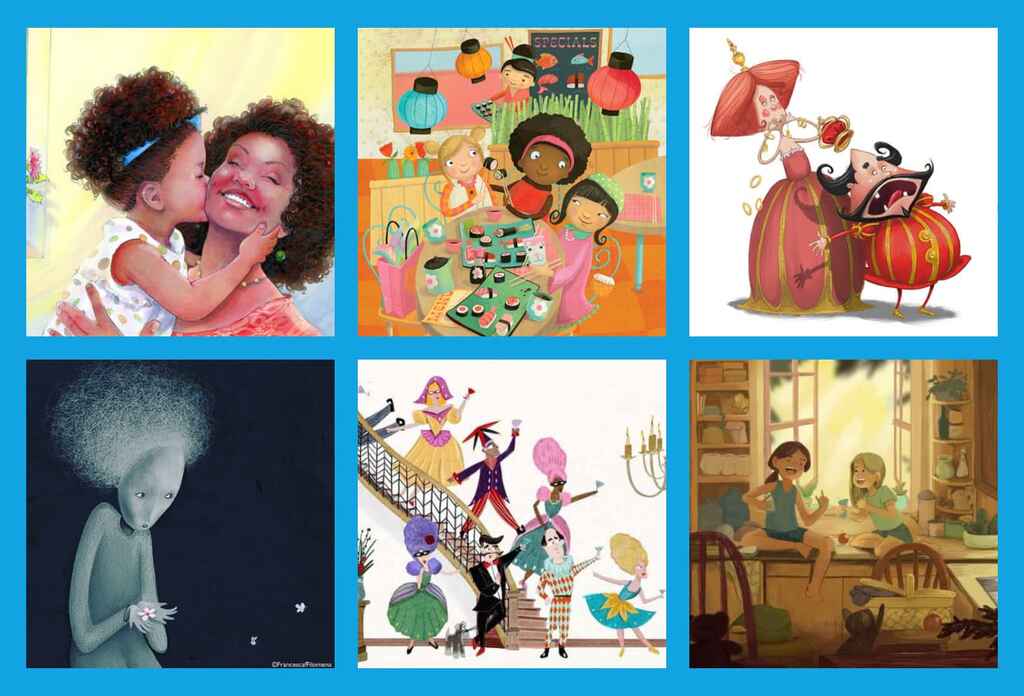
Each illustrator brings a distinct touch to their human characters, from intricate linework to striking realism, edgy designs to gentle human-like figures. You’ll have plenty of options to choose from, depending on what you’ve envisioned for your book.
To find your ideal professional, gather a range of references to make sure you have ample inspiration and “mentor texts” to refer back to. Browse through your favorite kids' books, or the portfolios of some professionals, and identify what you like — and, perhaps just as importantly, anything you definitely don’t like. This post on 30 children’s book illustrators will be a helpful jumping-off point in finding visual references and the vocabulary to describe what you’re looking for.
While some artists might welcome a challenge, and enjoy trying out a new style, the best way to guarantee results that you like is to find an artist whose style already matches your vision fairly closely — rather than asking them to fit a square peg into a round hole.
And there you have it! Once you've completed these steps, you'll have a completed children's book ready for publication. Make sure to check out our guide on how to publish your children’s book for more information on how to get your story in the hands (and hearts) of your young readers.

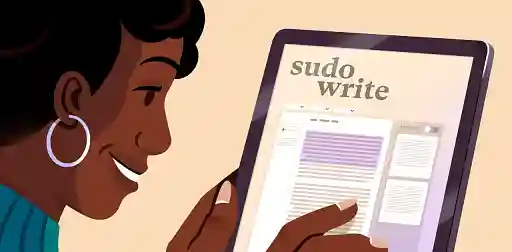



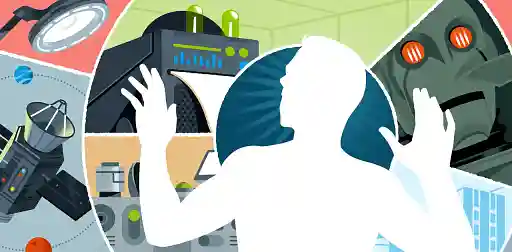
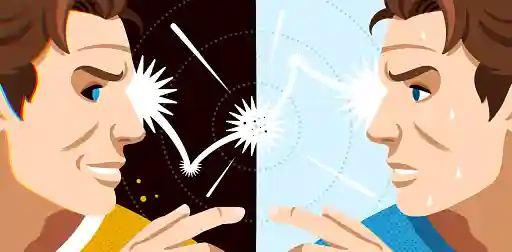
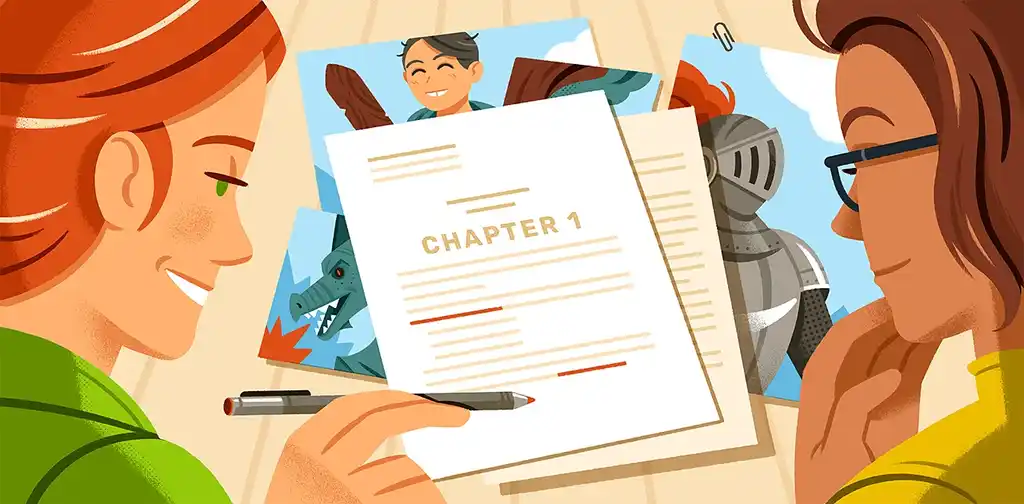

6 responses
Olga says:
10/02/2019 – 10:53
Where can I listen to my target audience if the kids around me don't speak English?
↪️ Reedsy replied:
11/02/2019 – 09:08
Thanks to the internet, that's not so much of a problem anymore. Social media and online communities can make it a lot easier to find your ideal audience. Check out this post we wrote about target markets from children's books: https://blog.reedsy.com/childrens-books-target-markets/
Jeff Dearman says:
08/05/2019 – 12:28
There's also newer illustrators looking to get their foot in the door who might be willing to help for relatively cheap compared to the more establish artists the more establish artists will want a lot more $$$$ , so look around. if youre on college campus or recent grad and know some illustrators or a friend or family member who does great art. ask them . Offer like $100-300 for black and white story boards and maybe a couple colored cover designs or what not and give them full authority and ownership over the art and development of the characters. Once the work is done maybe offer them a bonus if they do good work. There's plenty of newer illustrators with extremely good talent who are looking for opportunities.
Jeff Dearman says:
08/05/2019 – 12:28
You can also go to places like the New England film board and or other boards or even reddit and put out a post saying you're looking for an illustrator interested in getting material for their portfolio and offer them the ability to develop the characters etc. and such and offer lke a couple hundred bucks for sketches/character storyboards. - also state you'll put them into a writers' contract and split any royalties once the time comes if the book is susccessfl and write out an agreement you both sign. and agree to.
Penelope Smith says:
24/08/2019 – 04:32
Writing a children's book does seem like it could be tricky. I liked that you pointed out that you should look at that an illustrator past work. Also, it seems like a good thing to consider asking them to draw a sample page for the book. After all, you would want to check they draw in a style you like.
Sjsingh says:
20/11/2019 – 14:04
"pug"book writer Sharma is said a sardaarni, she is not a "Kaur", Kaur can be said as sardaarni. And what a mockery she has done for tying pug, real sardaarni never can dare to do that. Pug is very respectful in Sikhs and many other cast too, and she has made it joke, she has done very wrong to the sentiments and feelings of many Indians. And you have any humanity you should Apologize for this heart breaking act , Publisher has done not less than you. Have you ever thought , write a book on tying a saari or lungi in same style and illustration used in "pug"?